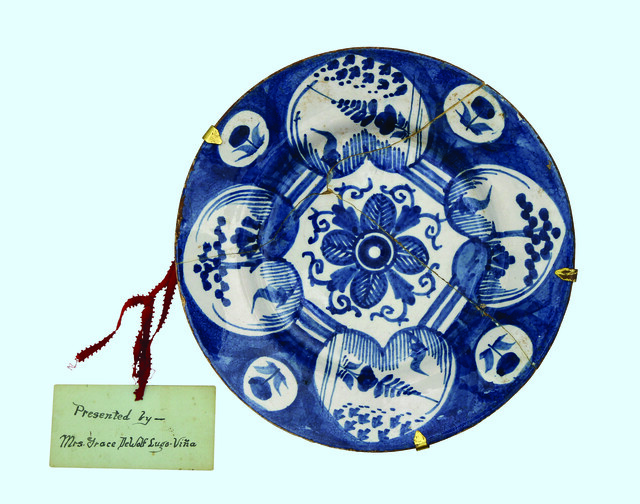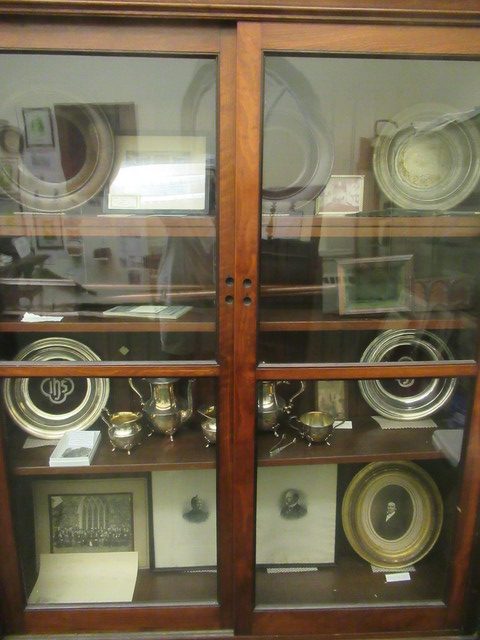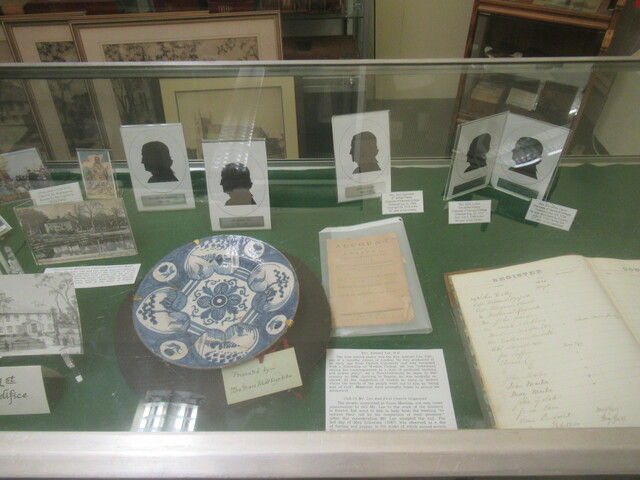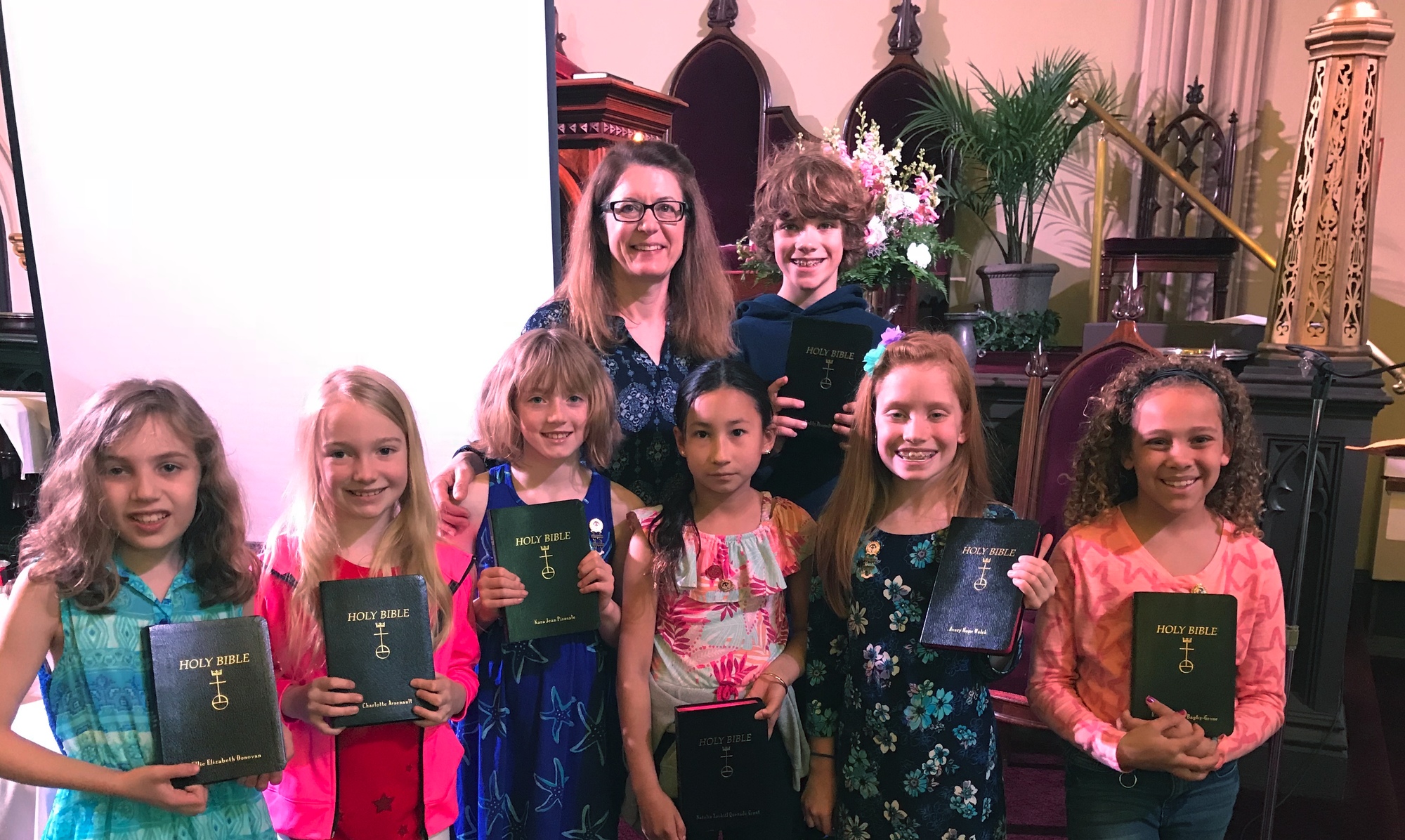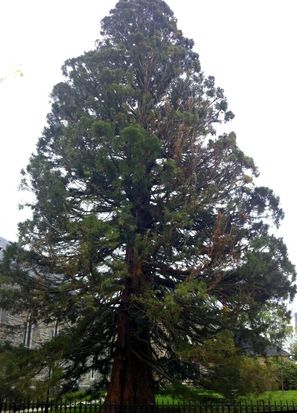Bristol’s Founding Church
We are Bristol’s first and “founding” church! We have been here since 1680, formed in the spring of that year just months before the same group of people founded the town of Bristol itself. At that time, the establishment of a house of worship was a precondition for the founding of a municipality. The initial worship services of the First Congregational Church in Bristol took place in 1680 in the home of Deacon Nathaniel Bosworth, in the residence still standing on Hope Street known as Silver Creek Manor or the Perry Rego House. Services were later held at the home of Colonel Byfield on Byfield Street until 1683 when the first Meeting House was built on the Town Common at a cost of 250 pounds and much personal toil. It was a spacious, square, double-galleried sanctuary, clapboarded inside and out, on the spot where now stands the State Court House.
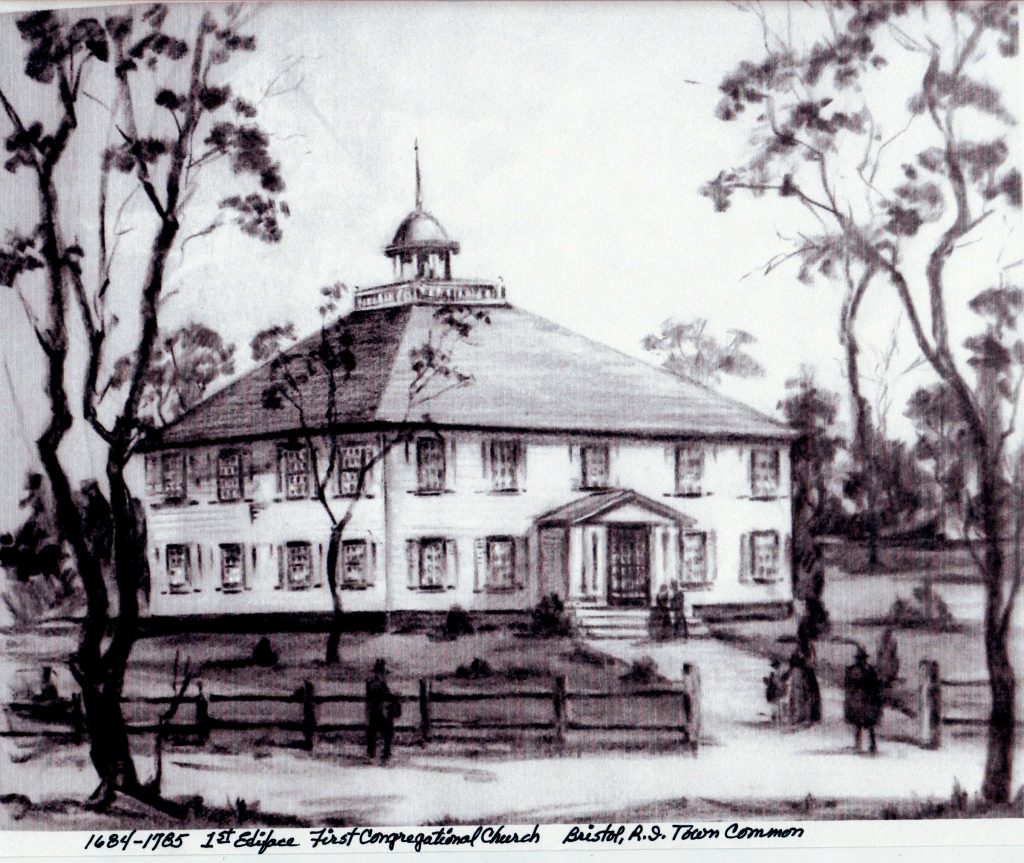
Given the small number and their scarce assets, the erection of this first house of worship represented an enormous sacrifice and commitment of time, effort, and resources by the small congregation. “This quaint building, laboriously erected by the pioneers of our civilization, and dedicated to the worship of Almighty God, was the only Sanctuary in town for nearly forty years, and the home of the first church for a round century.” (Historical Sketches of the First Congregational Church, Bristol, R.I., 1687-1872, by James Pillsbury Lane, Minister, 1872,23) Known then as “The Church of Christ in Bristol,” this was the First Church gathered in Bristol, and the first of the Congregational order within the present limits of Rhode Island. By 1784, it became known as “The Catholic Congregational Church,” and by 1869 it was incorporated under the title “The First Congregational Church in Bristol.” “Firmly, therefore, were the foundations of our spiritual edifice laid, and though the storms of earth have beaten against it, all these years it has stood, because it was founded upon a rock.” (ibid., 28)

The second church building, which served the congregation for 72 years, was completed and dedicated to Almighty God on January 5, 1785, the day of the ordination of the Rev. Henry Wight, our 6th Minister. Unusually, this building was located in the middle of Bradford Street between the current Colt School and Andrews School, with Bradford Street flowing around it on both sides of the sanctuary. This building was eventually given to the town and used for municipal administration, then as a shopping mall, an opera house and cinema, and finally was torn down.
The Sabbath School was first instituted in the spring of 1815 and formally adopted by the church in 1820.
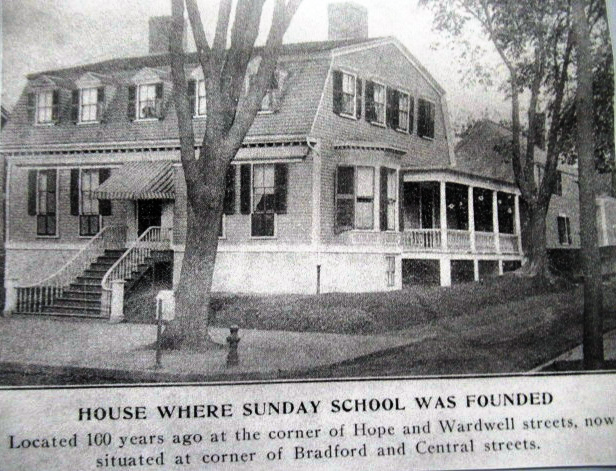
The third building, the current gothic, granite-trimmed “Stone Church” at 300 High Street, was built in 1856. The Memorial Chapel, funded by the DeWolf family, was added in 1870. From 2011 -2016, the congregation undertook and completed a campaign to comprehensively restore the foundational and structural integrity of the threatened historic 1856 church and extensive campus.
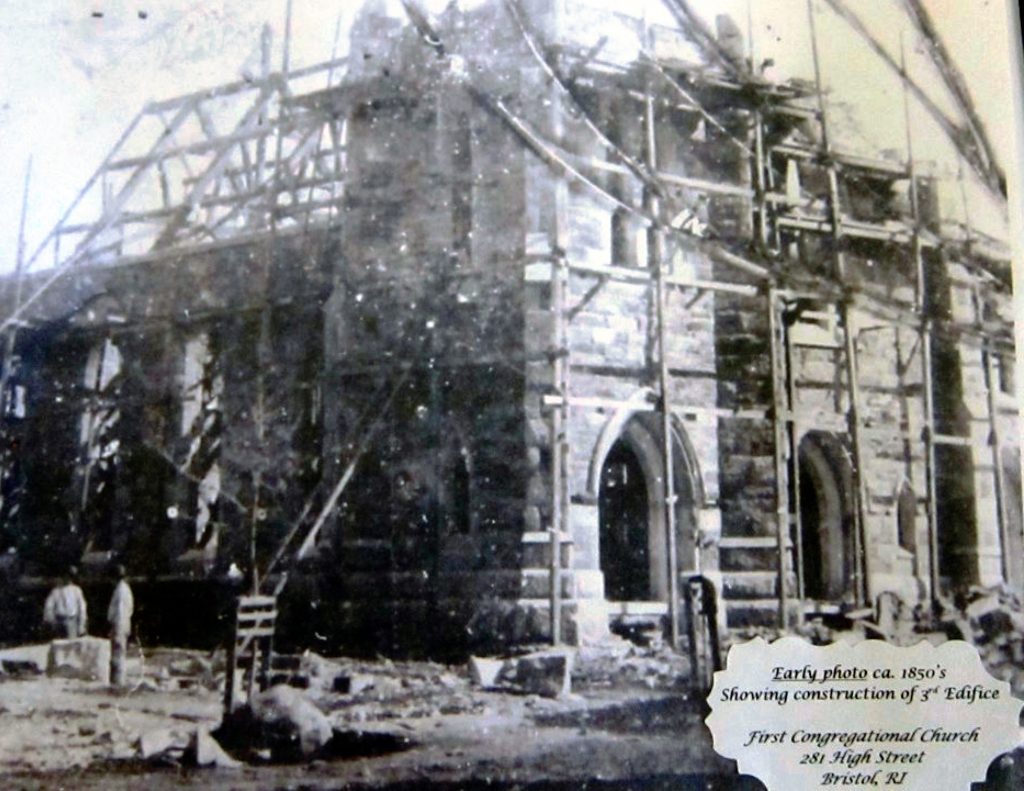
Mr. J.P. Lane, the 12th Minister of our church, compiled and wrote the history of our congregation from 1687-1872. A reading of the Historical Sketches of the First Congregational Church demonstrates a long history of effective and not-so-effective Ministers, interesting tales of trials, tribulations and triumphs. The more things change, so the old saying goes, the more they stay the same.
FCC Church History Posts
FCC Sequoia Requiem, October 3, 2019
The Sequoia on the church lawn is not the only notable tree in FCC Bristol’s history. During the 1938 Hurricane, we lost at least one huge elm tree from in front of the Guiteras House.
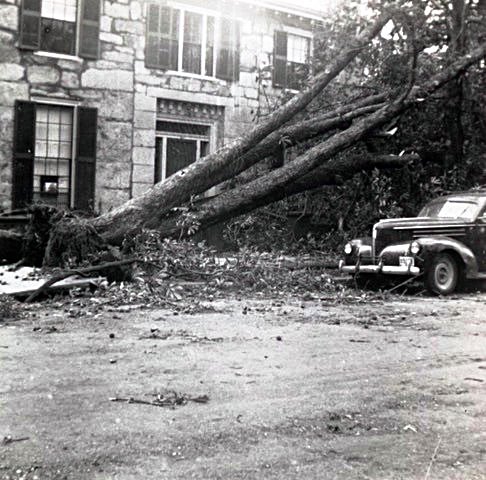
Founder of America’s Oldest Fourth of July Celebration!™
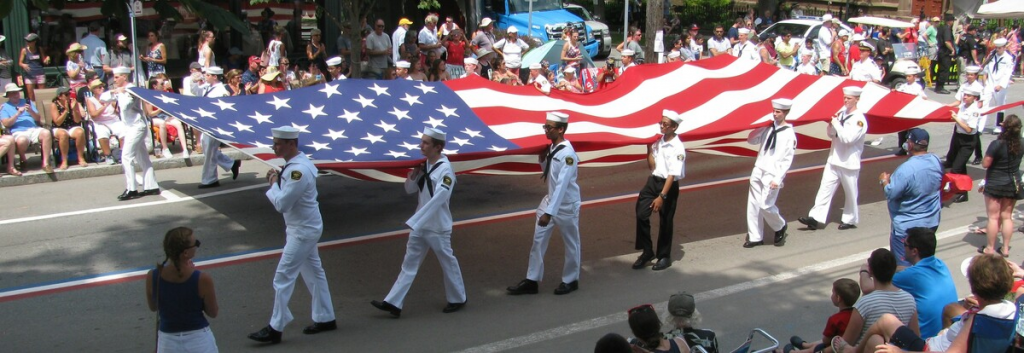
One hundred and five years after our founding, our congregation and its sixth senior Minister and teacher, the Reverend Mr. Henry Wight, began what is now known as the Bristol 4th of July Celebration and Patriotic Exercises. The Rev. Mr. Henry Wight came to serve in 1785, a time of tremendous hope and promise. A new church building had just been completed on the intersection of Bradford and Hope streets. Our new nation was free and Bristol was a center for spiritual and patriotic energy. Rev. Wight was also a Harvard graduate and a veteran of the Revolutionary War. You can see his name on the Revolutionary War Monument in Independence Park in Bristol. In fact, most of the people named on that wonderful monument were members of First Congregational Church, which was the Patriot church in town.
Because Rev. Wight was a veteran of the Revolutionary War, he led the way in establishing what are now known as “Patriotic Exercises” – back in 1785. These Patriotic Exercises focused on remembering, honoring and celebrating all that the Revolutionary War veterans had done in establishing our then new nation. Each year after 1785, on the 4th of July, Patriotic Exercises were held to honor the work of those who founded our nation. Rev. Wight himself was the Patriotic Speaker at the Patriotic Exercises for over 40 years. Each year, Bristol begins its famous parade with the Patriotic Exercises, which is why Bristol can claim the oldest 4th of July Celebration in America.
In 2005, which was the 325th anniversary of the founding of both the church and the Town of Bristol, members of First Congregational Church built a float modeled on the stone sanctuary and tower and marched along side it down the entire length of the parade route. This is always a fun way of reminding the community that FCC is the Founder of America’s Oldest Fourth of July Celebration™!
Rev. Henry Wight was a committed and passionate man whose energy and vision last to this day. His ministry in Bristol lasted for well over 40 years and his devotion to this Town is legendary.
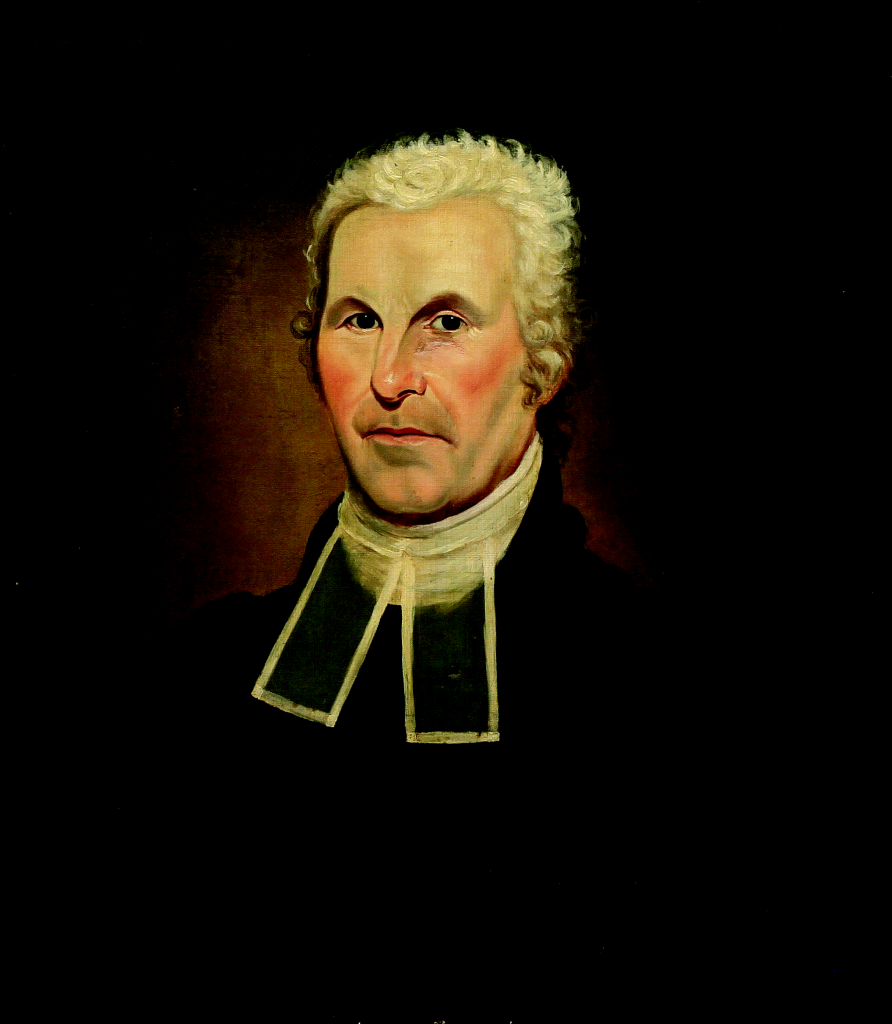
FCC’s connection to the Bristol 4th of July Celebration is deep and lasting to this day. In addition to housing historic artifacts that describe and depict the beginning of the celebration, FCC stays involved in current activities from year to year.

The famous red, white and blue stripe on the parade route has been extended to the front of our church campus (even though the parade ends a block before) to honor our history. We thank the Town of Bristol and the Fourth of July Committee for this honor. Rev. Wight’s home still stands on the northwest corner of High and Bradford Streets, diagonally across from the second church sanctuary.
Check out the Official Website of the Bristol Fourth of July Celebration!
The Church’s Museum is Open By Appointment
The First Congregational Church, with its 341 year history, is blessed to have a rich inventory of historical properties which it houses, maintains and makes available to the public in an organized museum of historical documents, graphics, artifacts, exhibits and objects of historic value relating both to the church since its founding in 1680, as well as to the church’s relation to the greater Bristol community. This includes its role as the founding house of worship for Bristol (and the only church in Bristol from 1680-1720) and its role as the founder of the Bristol Fourth of July Parade, among others. The historical assets of the First Congregational Church, which include rare and one-of-a-kind artifacts, are under the supervision of the standing FCC Historic Properties Committee. A member of the public is welcome to visit this museum by calling the church office and arranging a visit.

